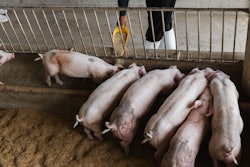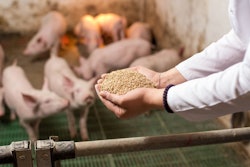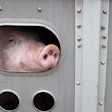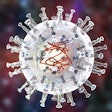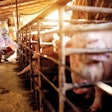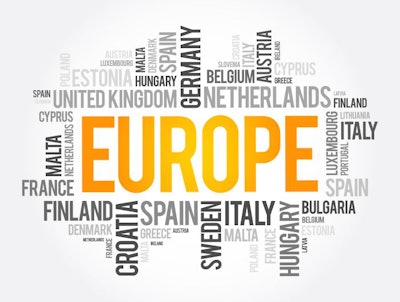
War economy, animal diseases decrease feed production by 5 million tons compared with 2021 volumes
2022 European compound feed production (EU27) is forecast to decrease by 5 million tons compared with 2021 volumes, as the industry grapples with the pressures of the economic impact of the ongoing war in Ukraine and the spread of animal diseases, i.e. African swine fever (ASF) and avian influenza, reports the European Compound Feed Manufacturers’ Federation (FEFAC).
EU feed production for poultry and livestock will reach 145 million tons compared with 150 million tons in 2021. Some of the region’s largest feed producing countries anticipate declines ranging from between -8.8 to -1.5% year over year.
“Only feed manufacturers in the Baltics, Ireland, Poland, Bulgaria and Slovenia are expected to keep feed production at a similar level to the last year,” the association notes.
Wondering what lies ahead? Read 2023 Feed Industry Outlook: Brace for economic uncertainty
Major feed sector reductions
EU feed producers report that supply chain disruptions and animal disease are responsible for influencing demand and production. Here a breakout of how the poultry and livestock sectors fared:
-
Pig feed
Pig feed production will see the greatest decrease of all sectors, with estimates of a -5.6% drop compared with 2021. Herd size reductions, sow shortages and farmers leaving the business due to increased production costs are driving the trend.
The situation is especially critical in Belgium (-11%), Denmark (-9%), Portugal (-8.4%), Germany (-8%) and the Czech Republic (-7.4%). The Netherlands and Belgium continue to depopulate their pig herds to reduce agricultural environmental emissions.
ASF has seriously affected the pig industries of Romania and Poland.
-
Poultry feed
Europe’s poultry feed sector will see 3.4% decline in year-over-year production. Avian influenza hit France, Belgium, Italy and Hungary particularly hard. Rising production costs for eggs and poultry meat have prompted farmers to postpone new production cycles and flock rotations.
The report also cites that inflation pressures on disposable incomes have resulted in demand reductions for high-value products, i.e. organic and free-range.
-
Cattle feed
EU cattle feed production is projected to decrease by -1.3%. Feed sales increased over the summer months when grass yields had been negatively impacted by drought.
“Farmers reduced their herds and shortened lactation cycles both to respond to green policies and to reduce feed usage,” the report cites
Looming challenges in 2023
The report suggests low EU corn yields (-19%) may lead to a switch in the feed ratio in favor of feed wheat. In addition, increasing utility costs, economic uncertainty, increasing costs linked to environmental and animal welfare policy measures and expected persistence of animal diseases are being identified by FEFAC experts as the main market drivers in 2023.
Russia’s suspension of its participation in the grain deal with Ukraine will lead to further disruption.
“A key challenge for the grain and oilseeds market remains the uncertainty over the continuation of the U.N. Black Sea Grain Corridor Initiative and the pace of expansion of EU solidarity lanes to keep Ukrainian grain exports operational during the new marketing year,” it says.

